By John Chalmers on the April 2020 Edition
One of the pleasures of shopping and eating in México is enjoying the availability of Mexican dishes that are either not found or seldom seen at home in Canada and in many parts of the United States. Tacos, enchiladas, flautas, chile rellenos, camarones de coco and molcajetes are among the dishes commonly served at Mexican eateries ranging from corner taco stands to elegant restaurants.
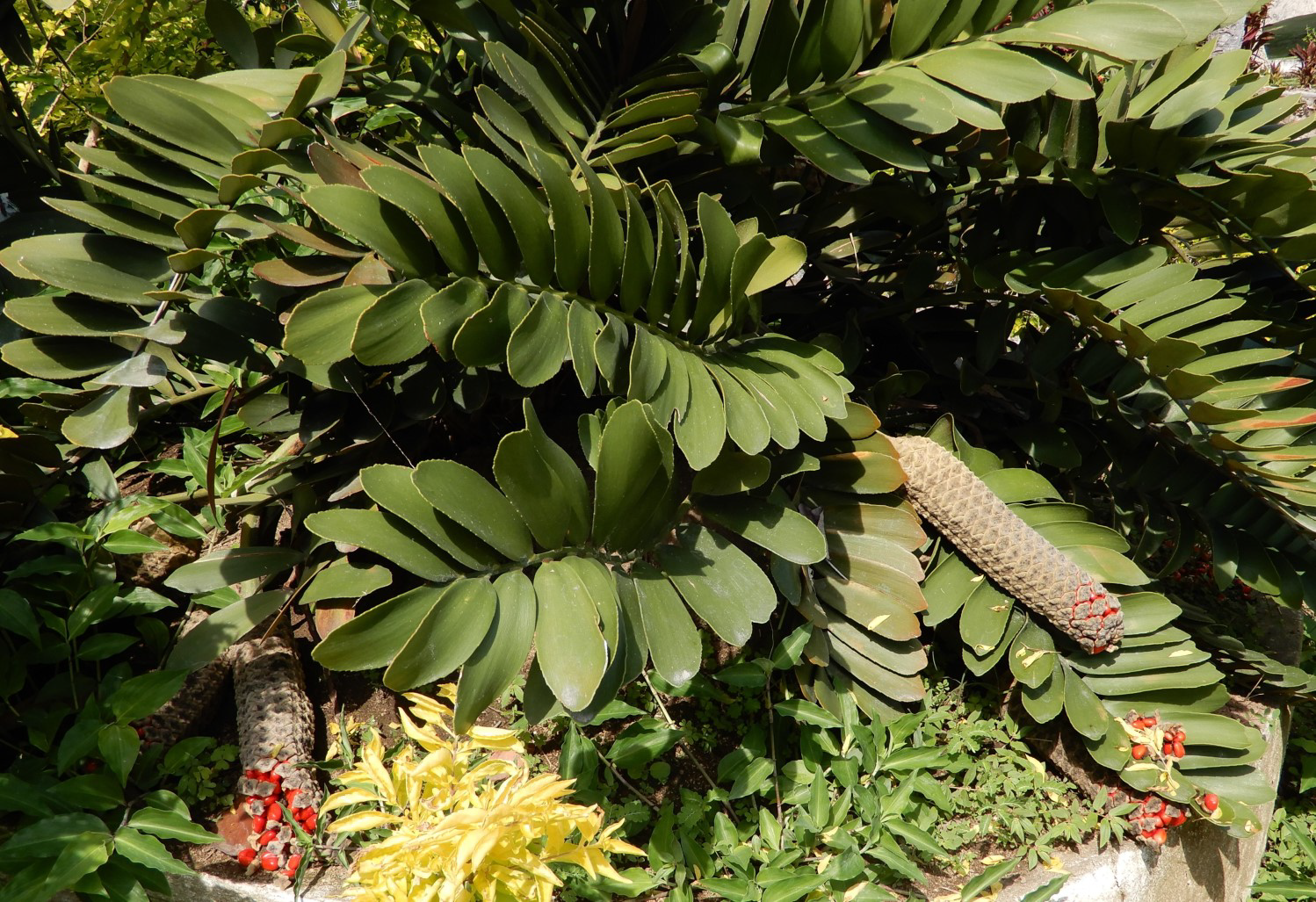
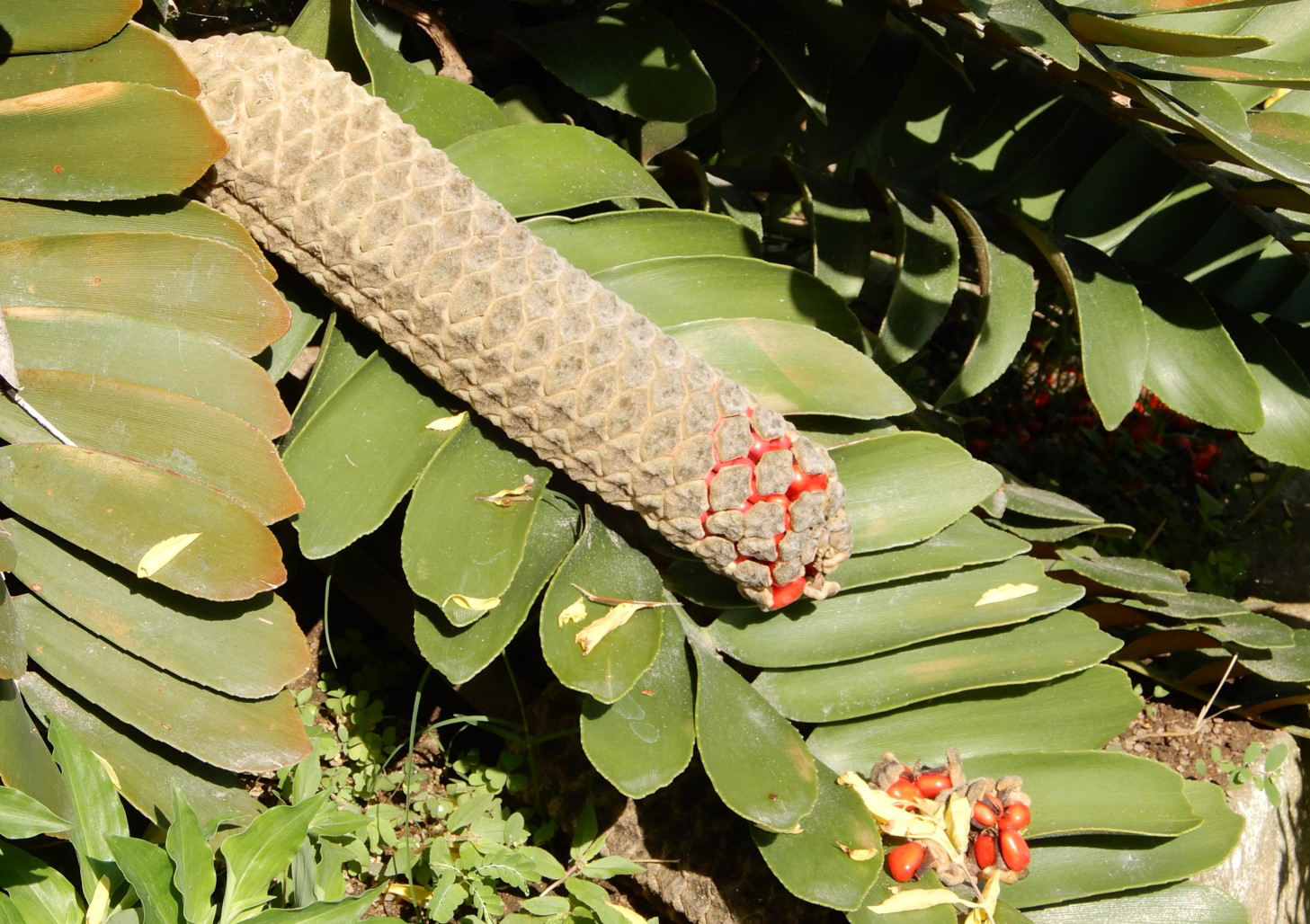
Always a special treat is finding something that is new to our taste buds. Cuisine around the world offers endless variety in gastronomical exploration, and México is no exception. A delightful discovery for my wife, Linda, and me during our sojourn in México to escape from Alberta’s winter was seeing the Mexican Jelly Bean Plant, known by its scientific name of Mixtum diligenter floralibus.
It is only recently that the plant has been cultivated and is now at the beginning of a new and unique cottage industry in the Mexican state of Colima, the only place where the plant has been successfully grown. The unique feature of the Jelly Bean Plant is that it grows ready-to-eat jelly beans, bright red in color and with a taste similar to Macintosh apples.
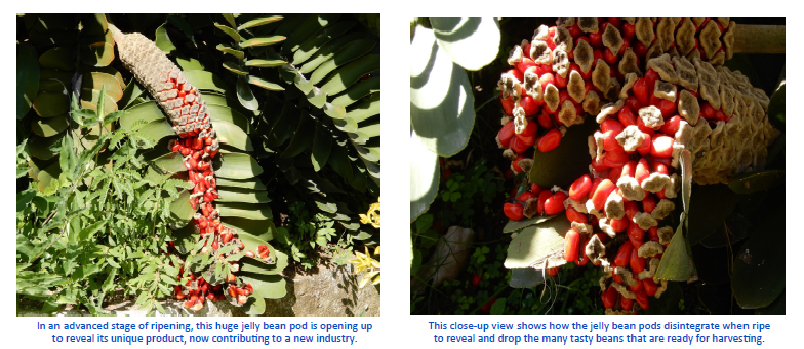
Small plantations are now being developed to harvest the jelly beans and package them for sale. Because supply is quite limited at this early stage, the candies are available only in weekly markets of small towns in Colima. It is in the Manzanillo area where the climate appears to be particularly suited to growing the Mixtum diligenter floralibus.
The jelly beans grow in huge pods, about 15 inches long and three inches wide. When the beans are ripe and ready for picking, the pods open up and spill their jelly beans. Workers then collect the beans by hand as no equipment or processes presently exist for mechanized harvesting. The beans are then dried in the sun, after which time they are prepared for sale.
Although no preparation is required for the beans before they are ready to eat, they are still pricey as a rare and special treat, due to the limited supply and manual labor involved in planting, harvesting and packaging. However, like any other product, the price is expected to drop as the beans become more readily available with the expansion of plantations. At present, they are sold only in small packages.
Even scarcer than beans from the Mexican Jelly Bean plant are the ones from the Wild Mexican Jelly Bean Plant, scientifically known as Fera florabilus mixtum diligenter. Grown only in the wild, attempts thus far to cultivate it have been unsuccessful.
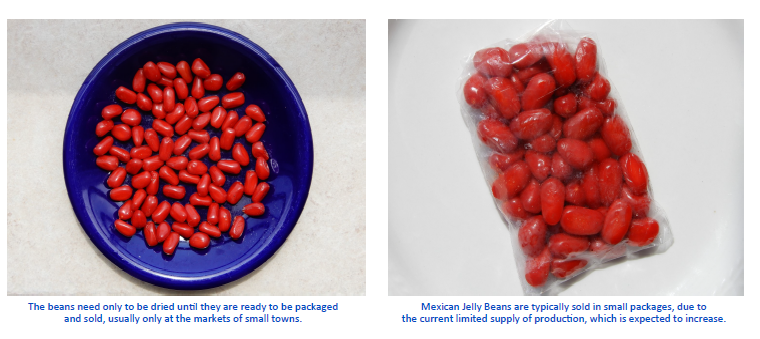
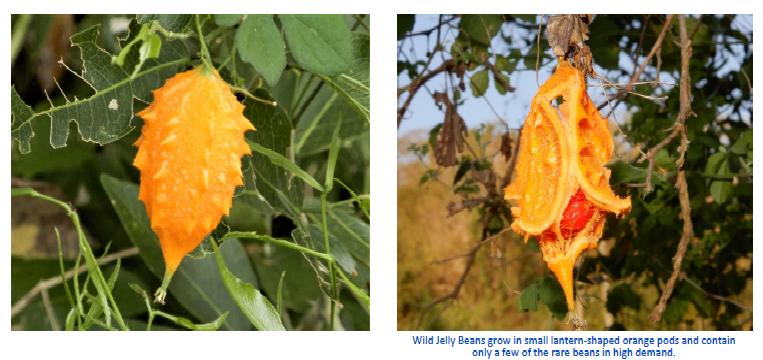
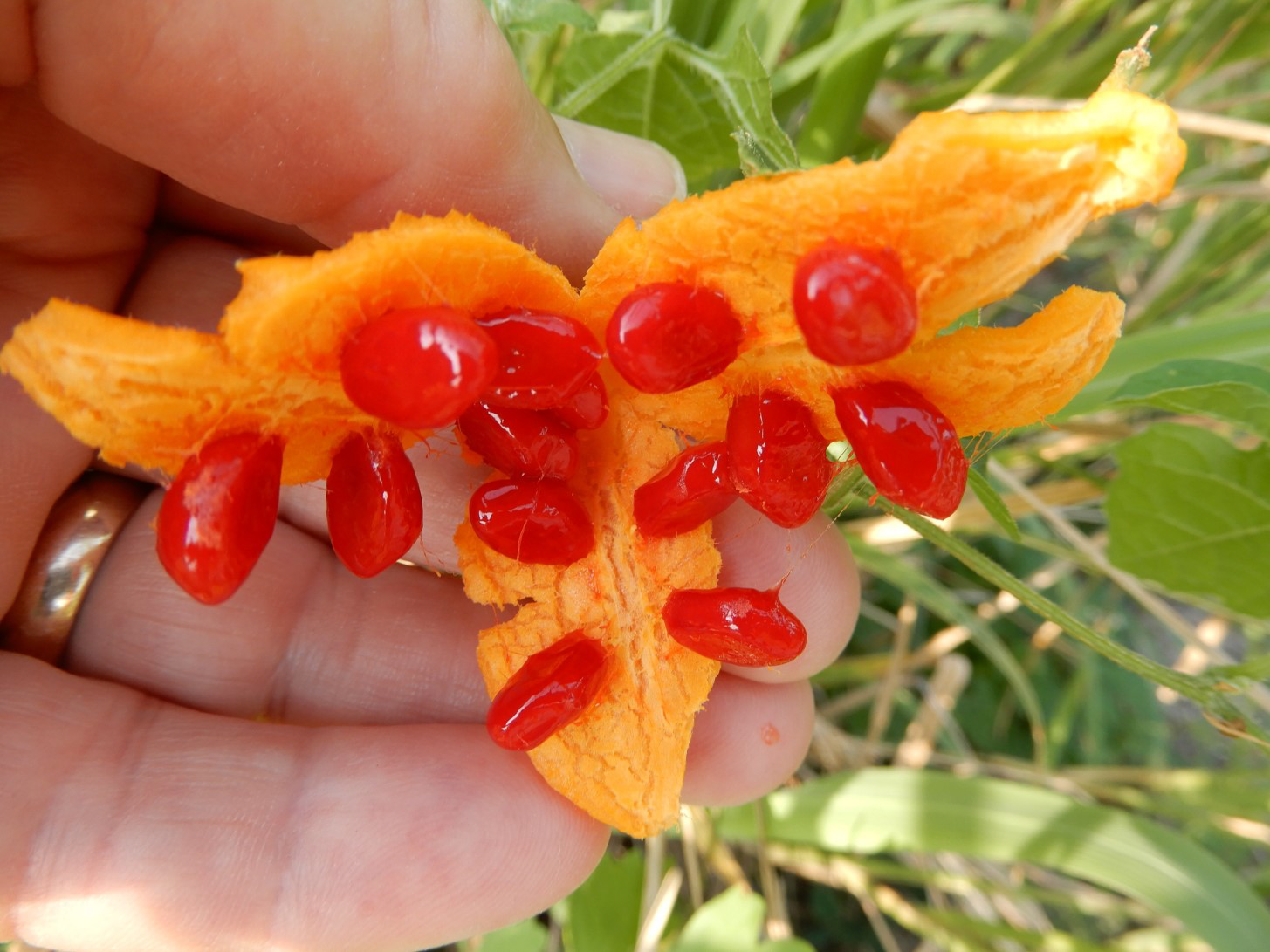 The bean pod, above, of the wild plant resembles an orange Chinese lantern or a Mexican luminaria sky balloon, often launched in the evening or on the night of festive occasions.
The bean pod, above, of the wild plant resembles an orange Chinese lantern or a Mexican luminaria sky balloon, often launched in the evening or on the night of festive occasions.
When the pods open, they expose the red jelly beans, which have a strong cinnamon flavor. Like the larger beans, they are ready to eat when dry. Due to their rarity, their cost is considerably higher than the other jelly beans and available for purchase only from people who pick them, as the wild jelly beans are not available in enough quantity for sale at town markets.

The beans from both plants become ripe at the same time of year, during late March. In villages where the jelly beans are grown, they are celebrated annually on a day called Día de Cosecha de Gominoles, the biggest festival of the year. In the small village of San Pedro de Los Frijoles (pop. 748) where the Mexican jelly bean industry began, the festival is a school holiday when children are involved in packing the beans for sale. The beans are harvested on only one day of the year, April 1, commonly known as April Fool’s Day.
The full edition or view it online


